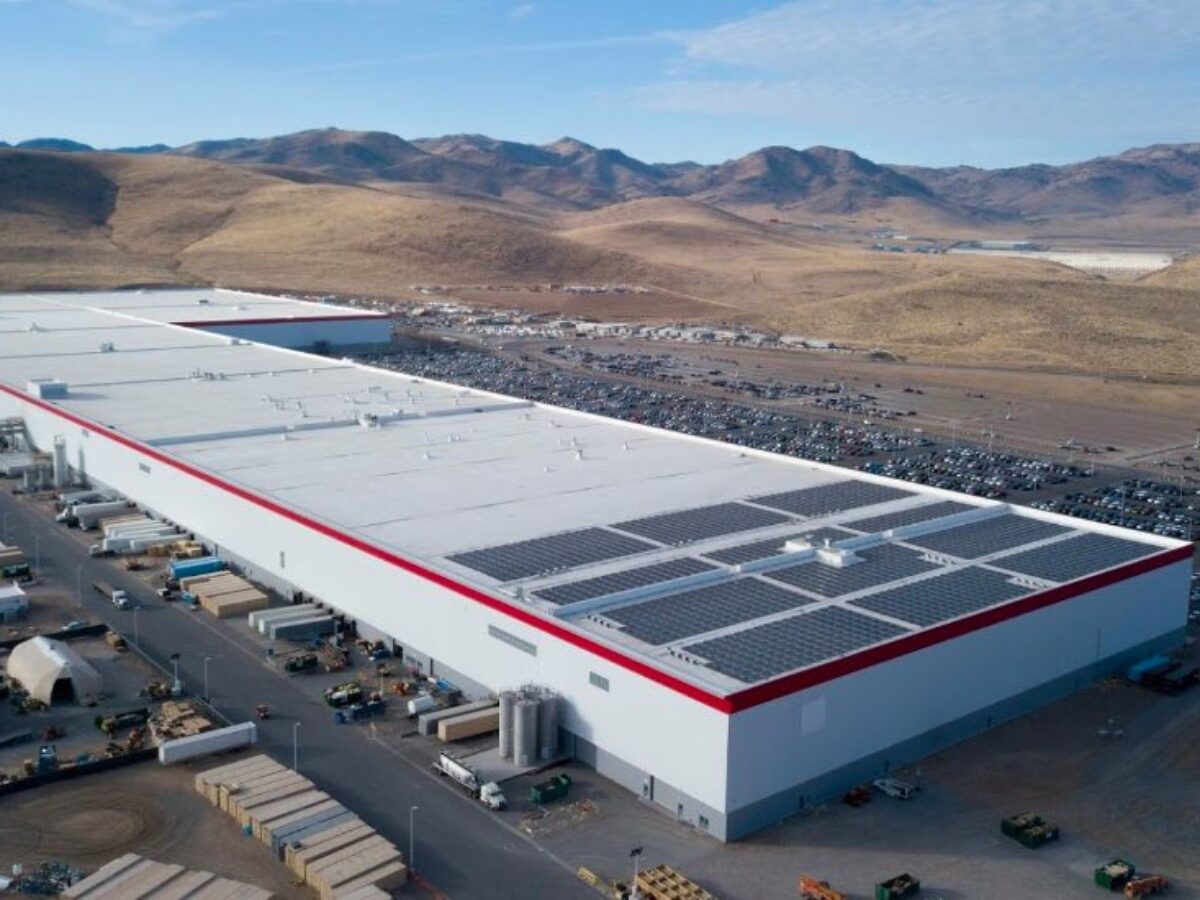Will Tesla build a Gigafactory in Australia?

By Giles Parkinson of The Driven
Could Australia be one of the next destinations for a Tesla Giga-factory? It is an idea raised in a recent piece of analysis by Morgan Stanley analysts, citing the growing complexity of doing business in China, including that country’s rising electricity prices.
And it turns out that Australian billionaire Mike Cannon-Brookes, whose exchange of tweets with Elon Musk kicked off a chain of events that led to the original Tesla big battery at Hornsdale in South Australia in 2017, has also suggested to the Tesla co founder and CEO that Australia would be a good place for a Gigafactory.
In an interview with the weekly Energy Insiders podcast on The Driven’s sister publication RenewEconomy, Cannon-Brookes said the idea had been discussed.
“I’ve called him again, I’ve done a little a little bit of lobbying over time on the Gigafactory,” Cannon-Brookes said.
“Look, at some point, I think it makes logical sense to me, I don’t pretend to understand the internals of those businesses exactly. But it’s clear that we have a lot of the raw materials.
“And if we could have the low energy prices and the raw materials, if you zoom out a second, right, Australia has always exported energy, we’ve just exported it in molecule form, in fossil form, right?
“In the future, we are going to export energy in a bunch of different ways. Obviously, with Sun Cable (the world’s biggest solar project), I believe we’re going to export it directly down a wire.”
The Giga-factory is a term used by Tesla to describe its manufacturing facilities. There are Giga-factories in Fremont, California, Nevada, New York, Shanghai, and the soon to be opened Berlin and Texas.. They are used to build the company’s electric cars, batteries, and/or solar.
Other factories have been mooted for India, Japan or South Korea, and the UK. But Morgan Stanley also raised Australia as a possibility in a recent report.
“The market has begun to contemplate Tesla’s future without China,” it wrote. “While this may take many years to play out, we expect to see Tesla accelerate its geographic push into non-China international markets including India, the UK, E. Europe/Russia, and Australia/Asia.”
And for Cannon-Brookes, with the falling cost of electricity, and the possibility of a green energy economy, it would make sense.
“With hydrogen we’d be taking effectively our energy and turning it into some form of shippable hydrogen, ammonia, whatever it turns out to be, or whatever quantities they and shipping it.
“The other way we can ship our energy is by higher valued materials in manufacturing. So green steel’s the most obvious simple example, to understand, in terms of instead of shipping iron ore, we can ship steel, or one of the products on the path in between the two that require high energy costs to do.
“Battery manufacturing is just another example. Any of those automated factories where energy is a major input cost.”
Australia is already starting to see a rebirth of its manufacturing sector, thanks to the dramatic falls in wholesale prices brought about by the increase in cheap wind and solar in the grid.
The country’s biggest electricity consumers, the Rio Tinto owned aluminium smelters at Tomago and Boyne Island, along with the Korea Zinc refinery in Townsville, are all switching to a 100 per cent renewable energy.
Iron ore billionaire and green hydrogen evangelist Andrew Forrest has announced plans to build a 2GW electrolyser factory in Gladstone, and a 1GW solar module factory, and there is a lot of talk about “green steel” and other green manufacturing opportunities.
Cannon-Brookes and the team at Sun Cable have also hinted at manufacturing facilities in the Northern Territory as part of that project’s broader plans.
“You know, I’ve long been a believer that we shouldn’t shut down the aluminium smelters,” Cannon-Brookes said.
“In fact, we need them, they’re very powerful for the grid, if we can get it right, because they’re a huge energy consumer and anything like that, if they can be tuned up and down a little bit, the demand management aspect on one side plus the lower energy costs on the other side.
“That smelter is only there because in the 70s and 80s, we had some of the lowest priced energy in the world, which is why we had the LMU smelter. Where we have the resources, the bauxite, the fundamentals, and we can have the lowest energy prices, that’s where the economic growth is going to come from.
“And it’s frustrating to me because it seems so logical. It’s like if I’m the government, I’m planning for the next 25 years, what else am I going to invest in? What is a better opportunity than that? There isn’t one.”
And if other manufacturers are re-booting their industrial future in Australia, courtesy of the falling costs of power, and the drive to zero emissions power, then why not a re-boot of a local car industry? Or least a battery manufacturing plant. The country has all the minerals it needs for battery storage, and it’s time it focused on the value add.
Giles Parkinson is founder and editor of The Driven, where this story first appeared.
Picture:
Subscribe to our free @AuManufacturing newsletter here.
Topics Manufacturing News
@aumanufacturing Sections
Analysis and Commentary Awards Defence Manufacturing News Podcast Technology Videos






